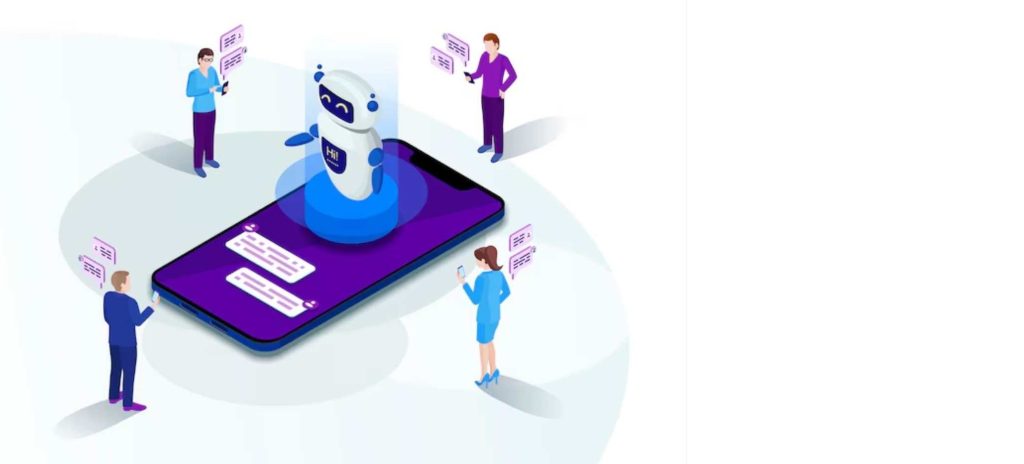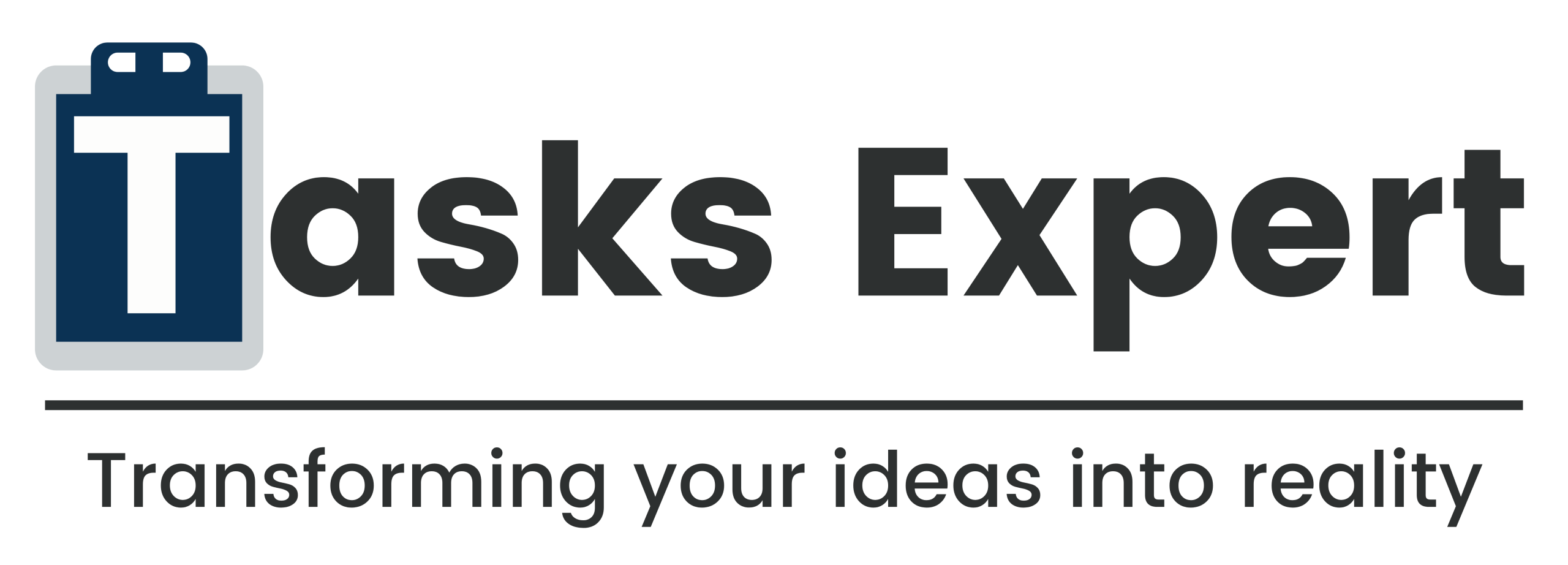Introduction
Senior living communities are now selling not just care, but peace of mind, lifestyle, and trust. One of the most emotional and difficult decisions a family makes is choosing senior living, and in 2025, that decision begins online.
Many adult children investigate communities online, reading reviews, watching videos, and comparing options before they make contact. Now, seniors themselves are at ease with technology, turning to websites, social media, and virtual tours to help get a sense of a community. The era of depending on brochures, print ads, and cold calling is gone.
Senior living marketing today has to be multi-channel, tech-enabled, and emotionally intelligent. To compete, communities must provide up-to-the-minute information, personalized communication, and real, honest content that directly appeals to both the adult child and the prospective resident.
To stand out in this space is not simply a matter of being visible; it’s about resonance. The brands that establish connection and trust through marketing will continue to grow, retain, and shape the future of the industry.
Senior Living Marketing helps in Business Growth
Senior living marketing is now essential, not optional, but indeed, it is a key business driver. Now that more and more communities are opening and more and more families are using digital channels to explore their options, the communities that have figured out marketing are consistently attracting residents, getting referrals, and enjoying brand equity.
At a fundamental level, senior housing advertising is not just about filling rooms; it’s about establishing a reputation, influencing perception, and forging an emotional connection between families and your community.

1. Marketing Creates Awareness in a Crowded Marketplace
Senior care is a growing industry. But, so is the competition. Families, from independent living to memory care, often compare several communities before contacting them. Your typical prospects are no different. They’ve heard of your community and trust your brand, a level of familiarity that only comes through effective marketing means visibility in search, strong social proof, and high-impact content.
By investing in senior living marketing, your community can show up in the places it matters: local Google searches, review sites, and social channels.
2. It Influences First Impressions and Trust
Today’s leads start the journey on the web, and your marketing sets the scene for what your prospects see first. Are you going to do an emotional job on your update and have an easy-to-navigate website? Are your ratings the result of actual stories of care and quality? Is your social presence vibrant and relevant?
Your marketing is setting the tone well before a family walks in the door. A well-designed digital presence conveys professionalism, trustworthiness, and warmth, qualities families are looking for in a decision so steeped in emotion.
3. It Generates Steady Inquiries and Move-Ins
Modern marketing systems, especially when they are automated, don’t just create awareness, but it is a regular flow. These can include downloadable guides to requests for virtual tours, but ultimately, marketing funnels are designed to secure interest at each phase of the decision-making process.
Even better, these efforts create a constant flow of leads directly into tours, which will both lighten the pressure on your leasing team and protect against stagnant units.
4. It Creates Long-Term Brand Equity
Good marketing doesn’t end when someone moves in. Continue the stories, such as resident spotlights, staff spotlights, and even social engagement help sustain brand equity for years to come. Happy families frequently turn into brand evangelists, referring more people to the product and submitting glowing online reviews.
When properly executed, senior living marketing isn’t just about filling a building short term; it’s about creating brand-building marketing that families respect, have in their consideration sets, and refer or recommend to others.
5. It Matches Operations with Growth Plan
Marketing is the way you connect management objectives to the daily tasks of your front line. And it provides a window into what families are looking for, what content they consume, and what messages stick. This feedback loop influences everything from your offerings to your staff training focus.
A strong marketing plan also means your message remains the same, whether it’s from a paid ad, a receptionist, or your executive director on a tour.
In other words, senior living marketing is much more than a promotional exercise; it’s a tool for growth. It bridges the gap between your mission and the families of today. It generates momentum, relationships, and ensures that when families are ready to commit, your community is already in the mix.
Looking to grow in 2025 and beyond? Don’t just improve care. Know your audience, and step up the way you communicate that care.
Also Read: Trading Education VA Services
Knowing Your Senior Living Audience
The key to winning senior living marketing is insight into who you’re trying to reach and what matters to them. Virtually no one decides where they will live in their later years in isolation. They are complicated because they have multiple actors who have varying concerns, who are being triggered in different ways, and for whom different pieces of information would be valuable. The two most critical groups you need to talk to are adult children and the future residents themselves.

1. Adult Children (Usually in the 35–60 year age range)
This is the audience that is the research, financial decision-maker, and emotional support for their elderly parent. They’re balancing careers, families, and caregiving, so they’re going to appreciate clarity, speed, and trust. And they like clean, informative websites, contact information, digital content that addresses their concerns and business, and communication that is reactive and respectful. Comforting emotion and practical details have to coexist.
2. Future Residence (Usually Over 70 years of age)
Although some rely entirely on their children to gather information, many, especially in independent or active living, are engaged directly. This pack seeks warmth, connection, and lifestyle fit. They want an idea of what life is like where you live: The meals, the people, the environment. Visuals matter. So too does ADA compliance, font legibility, and easy navigation.
3. Messaging That Serves Both
Effective senior living marketing must recognize both. Which is why multi-faceted messaging, clear website design, and targeted campaigns that resonate with emotional and practical decision-making are required. A tour page should answer the adult child’s questions, and a home page should not make the senior feel overwhelmed, but welcome. Now talk to both of them and you’ll have the trust of the entire family.
10 Future Digital Trends That Will Drive Senior Living Marketing in 2025
1. Hyper-Personalized Campaigns

Dynamic email content, CRM-based automations, and segmented ads have replaced general messaging. Customization can improve lead quality and engagement. By 2025, leads will anticipate personalized experiences that fit their specific phase in the decision process, whether it’s the first sign of exploring a potential purchase or having finally settled on the perfect apartment and being ready to schedule a tour. Behavioral data may be used by communities to send messages, such as triggered messages based on actions, such as downloading a brochure or viewing a virtual tour. Personalized content leads to higher open rates, more qualified inquiries, and faster trust from the first touch.
2. AI-Powered Chat and lead nurturing

Clever chatbots field FAQs, qualify leads, and book tours. AI also underpins the automated follow-ups, which enable optimization of the conversion timelines. These bots are increasingly human-like, able to respond to complex questions and help guide users through a decision. AI tools plug into CRM systems to monitor visitor behaviors and take some sort of intelligent action at the right moment in a way that feels personal, not robotic. Not only does this tech cut down lead response time (a critical metric in senior living marketing), but it also helps the team make sure no lead goes unattended.
3. Virtual Tours/AR experiences

360° walkthroughs, drone videos, and even augmented reality provide prospects with an inside look, without the need for an in-person visit. These immersive tools are now standard issue, as out-of-town families actively researching on behalf of a loved one can confirm. By providing virtual experiences, a community can extend its reach beyond the constraints of the region and can showcase its amenities in a more entertaining and convenient manner. Adding commentary or providing a live virtual tour by a staff member will deepen the emotional bond. It’s more than just seeing the space; you need to feel what it would be like to live there.
4. Voice Search Optimization

Today, many users conduct local searches using voice assistants, such as asking for ‘the best assisted living near me’. That’s where you turn up for local discovery.” Optimizing for conversational search is crucial to local discovery. In 2025, increasingly, families are turning to smart speakers and mobile voice assistants to start their research. Communities that organize their website’s content in and around question-type keywords (e.g., “what’s the price of assisted living in Florida?”) become more likely to get indexed in voice results. Answering questions in the form of FAQs, the use of schema, and concise answers can play an important role in enhancing visibility and context.
5. Short-Form Video Content

Real residents and activities on TikTok, YouTube Shorts, and Instagram Reels elevate emotional engagement and social reach. And these kinds of quick-hit formats give communities the ability to show off personality, warmth, and authenticity in ways that traditional marketing can never do. Footage of birthday parties, meals out, or interviews with the residents creates a strong emotional reaction. They’re also shareable, helping to get the brand in front of younger family members who are often influencers in the decision-making process. In a platform defined by trust, short-form video puts a human face on your brand.
6. Google My Business Profile SEO

A well-optimized Google Business Profile is one of the most valuable assets a senior living community has at its disposal. It’s often a first stop for those looking for communities in their area. Maintaining up-to-date photos, correct contact details, updated hours, and providing answers to Q&A will help improve trust and visibility. By coaxing families to write favorable reviews and quickly addressing any response, you also insulate the reputation. A high-performing GBP increases local SEO, phone calls, and directions, and builds your area presence.
7. Automated Lead Scoring

Advanced CRM solutions provide opportunities for lead scoring powered by behaviour, by monitoring activities such as a visit to the website, download of content, interaction with the email, or filling out a form. Enabling sales teams to focus first on the most engaged, tour-ready prospects, while not getting stuck on cold leads. It automates the follow-up so that the right messages get out at the right time. In the senior living marketing struggle to compete, this time savings is a direct factor in filling rooms. Lead scoring helps teams work smarter, not harder.
8. Email Campaigns Focused on Empathy

And good riddance to insomnia-inducing monthly newsletters! In 2025, like never before, email marketing must be emotionally intelligent, be story-based, and understand the gravity of the emotion around senior living decisions. Promotions or specials work less well than personal stories about families, resident milestones, and success journeys. These messages convey practical information about what you have to offer, yet also express the emotional support a person needs in the quest to forge that solid business relationship. Empathy in messages via email helps build trust and keeps your community top of mind, without a hard push to move immediately, for families who are not prepared to move just yet.
9. Platforms for Managing Reputation

Online reviews are one of the top factors influencing the senior living decision process. Sites like Google, Yelp, and Caring. First impressions form before a call or a single visit. Reputation management solutions allow communities to track reviews on multiple platforms, request fresh testimonials, and craft professional responses on the fly. Proactive review management can have an SEO benefit, build more trust, and indicate that your team listens and cares. Reputation management is essential in an industry that’s based on trust.
10. SMS Engagement

If you prefer, post-tour follow-up via text message is also available. It’s immediate, one-on-one, and often wins a faster response than email or a phone call. In senior living marketing, SMS is an effective tool for maintaining quality communication with busy adult children who want efficient, straightforward information. When used thoughtfully, text messaging can build a warm, human connection and enable quicker decisions. Just be sure to keep messages clear, concise , and respectful of timing.
Trust-Building Content Types for Senior Living
In the world of senior living marketing, trust is everything. You’re not just selling a home, you’re providing refuge, giving care, and making people feel at ease. And in such a highly emotional moment, the information you share can either reassure families or alienate them. That’s why the best content doesn’t just inform, it builds a connection.

1. Residents and Family Comments
Real voices talking about real experiences, there is nothing more powerful than that. Video or written testimonials from residents and their families are living proof of your community’s culture, care, and commitment. Peer stories are much more likely to be trusted than slick marketing material.
2. Staff Spotlights
Put people’s faces to your service: caregivers, nurses, dining staff, activity directors. When families witness the love and commitment of your staff, it humanizes your brand and creates an emotional feeling of assurance. It also speaks to the standard and consistency of care you offer.
3. Blogs, Videos, and Websites on Lifestyle
Highlight more than spaces, showcase the lifestyle. Content featuring mealtime, activities, wellness programs, and community events, in the meantime, can help prospects envision themselves (or their family members) in your space. It is this emotional visualization that can often help move people from being interested to taking action.
4. Educational Guides
Help, don’t just sell. Downloadable assets (such as “Questions to Ask on a Senior Living Tour” or “Talking to Parents About Assisted Living”) help establish authority and serve families during their most uncertain times.
5. Live or On-Demand Webinars
They are great tools for adult children who are doing early research. Webinars enable you to establish credibility, showcase expertise, and interact with families at scale, with no hard-sell tactics.
So to sum up: compelling content isn’t about promotion, it’s about trust. And in senior living marketing, trust prevails.
Conclusion
Senior living marketing in 2025 is now, has been for a while now, about not just being visible but being memorable, being worthy of trust, and being selected. As today’s families increasingly use the internet to research and vet senior communities, your marketing approach needs to connect with them where they are: Online, educated, and emotionally involved.
The communities that thrive will be those that blend cutting-edge tools, artificial intelligence, automation, and the virtual experience with timeless principles of creativity, trust-building, empathy, and clear communication. Personalization, storytelling, and strategic content can no longer just be nice-to-haves; they are now how you will captivate, convert, and retain an audience long term.
“Increasing competitive pressures and higher customer expectations mean you cannot stand still.” Those who are leaders in being digitally innovative, know their audience intimately, and put their emphasis on real human connection will drive the way.
In a field founded on caring, so must your communications reflect the same. Demonstrate who you are, what you care about, and why families can rely on you, and you won’t just fill units; you’ll create lifelong relationships.
Ready to modernize your senior living marketing? Contact Tasks Expert to craft a strategy that builds trust and drives move-ins.
About Us
Tasks Expert offers top-tier virtual assistant services from highly skilled professionals based in India. Our VAs handle a wide range of tasks, from part time personal assistant to specialized services like remote it support services, professional bookkeeping service etc. Furthermore, it helps businesses worldwide streamline operations and boost productivity.
Ready to elevate your business? Book a Call and let Tasks Expert take care of the rest.









